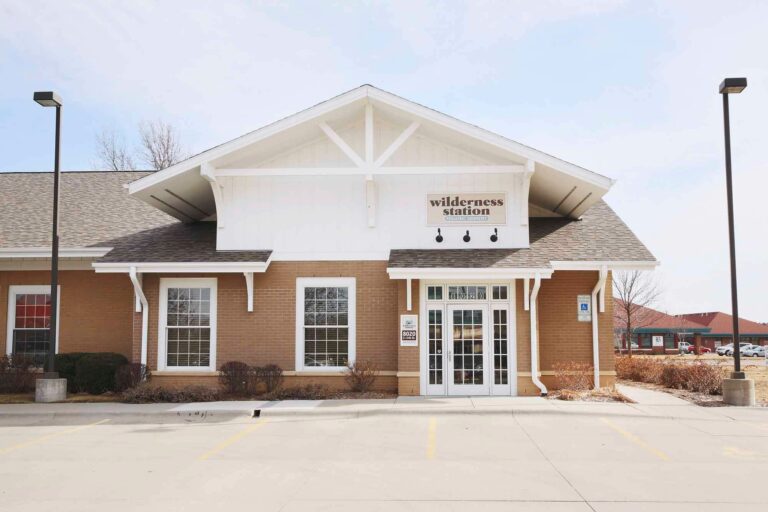Ask Dr. Marty: When Do Baby Teeth Start to Fall Out?
Losing baby teeth is a significant milestone in a child’s development—and one that often comes with excitement, a visit from the tooth fairy, and maybe a little bit of nervousness. So, when should you expect those little pearly whites to start making their exit?
Most children begin to lose their baby teeth around age six, although it can vary slightly from child to child. Some may start as early as four or as late as seven. The process typically begins with the lower central incisors (those two bottom front teeth), followed closely by the upper central incisors.
From there, the rest usually follow a fairly predictable pattern, working from the front to the back of the mouth. By around age 12 or 13, most children will have lost all 20 primary teeth, making room for their 32 permanent ones.
But don’t worry if your child isn’t following the exact textbook timeline—every smile is unique! What matters most is that the baby teeth are falling out naturally as the permanent ones begin to push through the gums. This is a key part of oral development and helps ensure proper alignment, speech, and chewing function.
How to Support Your Child
- Keep up oral hygiene. Even baby teeth need brushing and flossing to keep gums healthy.
- Don’t rush it. Loose teeth fall out on their own time. Encourage gentle wiggling, but avoid forceful pulling.
- Make it fun! Celebrate each lost tooth with a special tradition—a reward, a keepsake box, or a note from the tooth fairy.
If a baby tooth falls out too early or seems stuck for too long, it’s a good idea to check in with our team. We will ensure everything is progressing smoothly.
If you have any questions about your child’s baby teeth or would like to schedule an appointment, please don’t hesitate to reach out!
